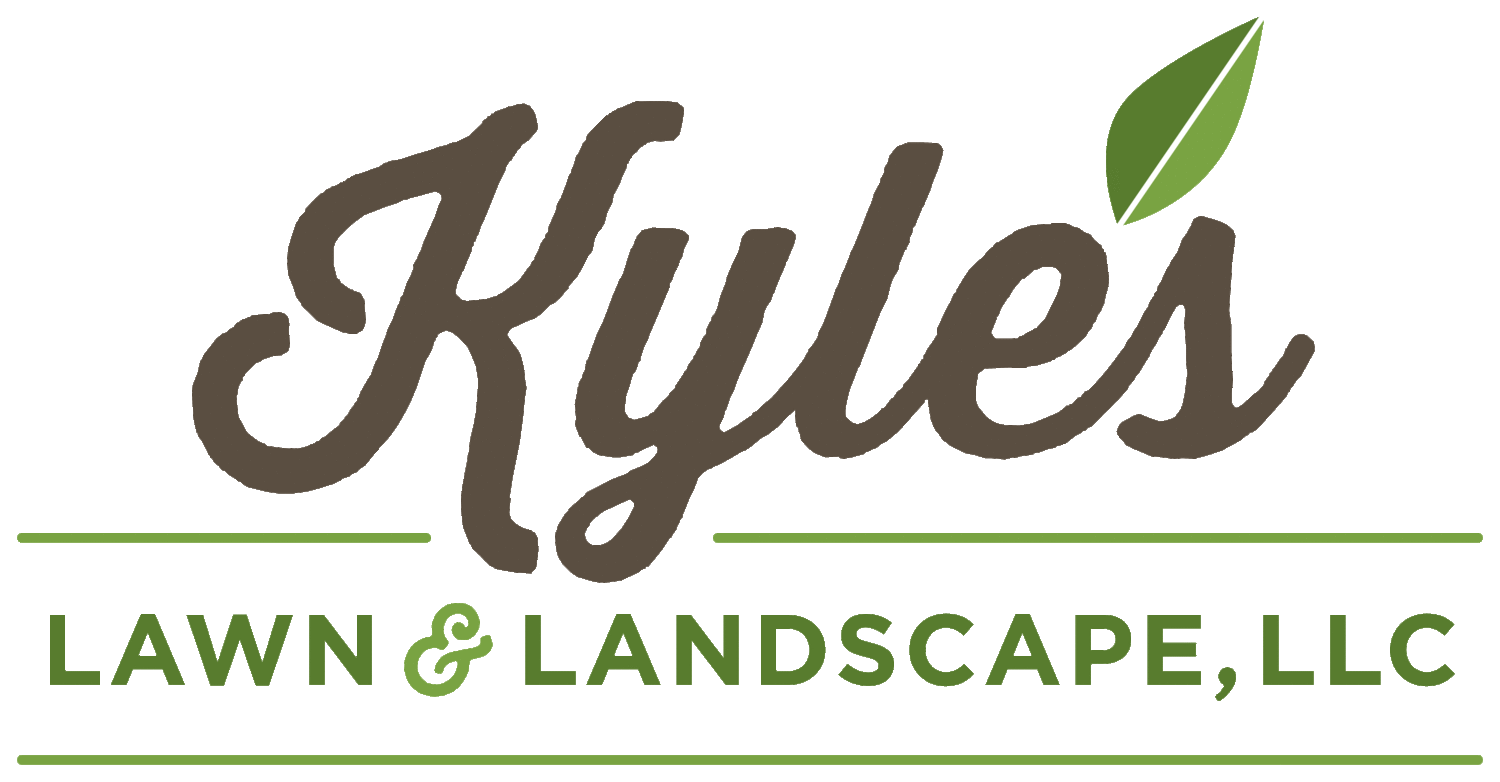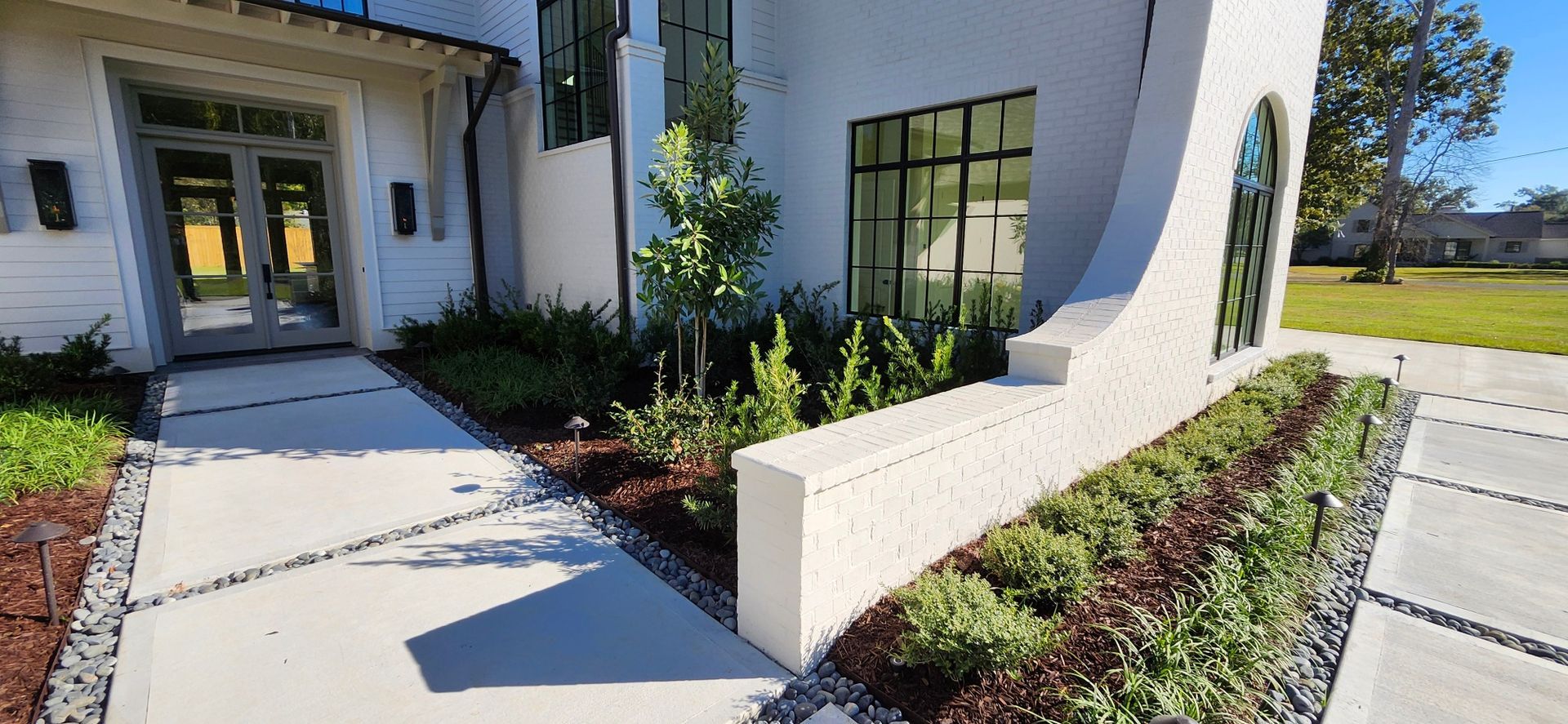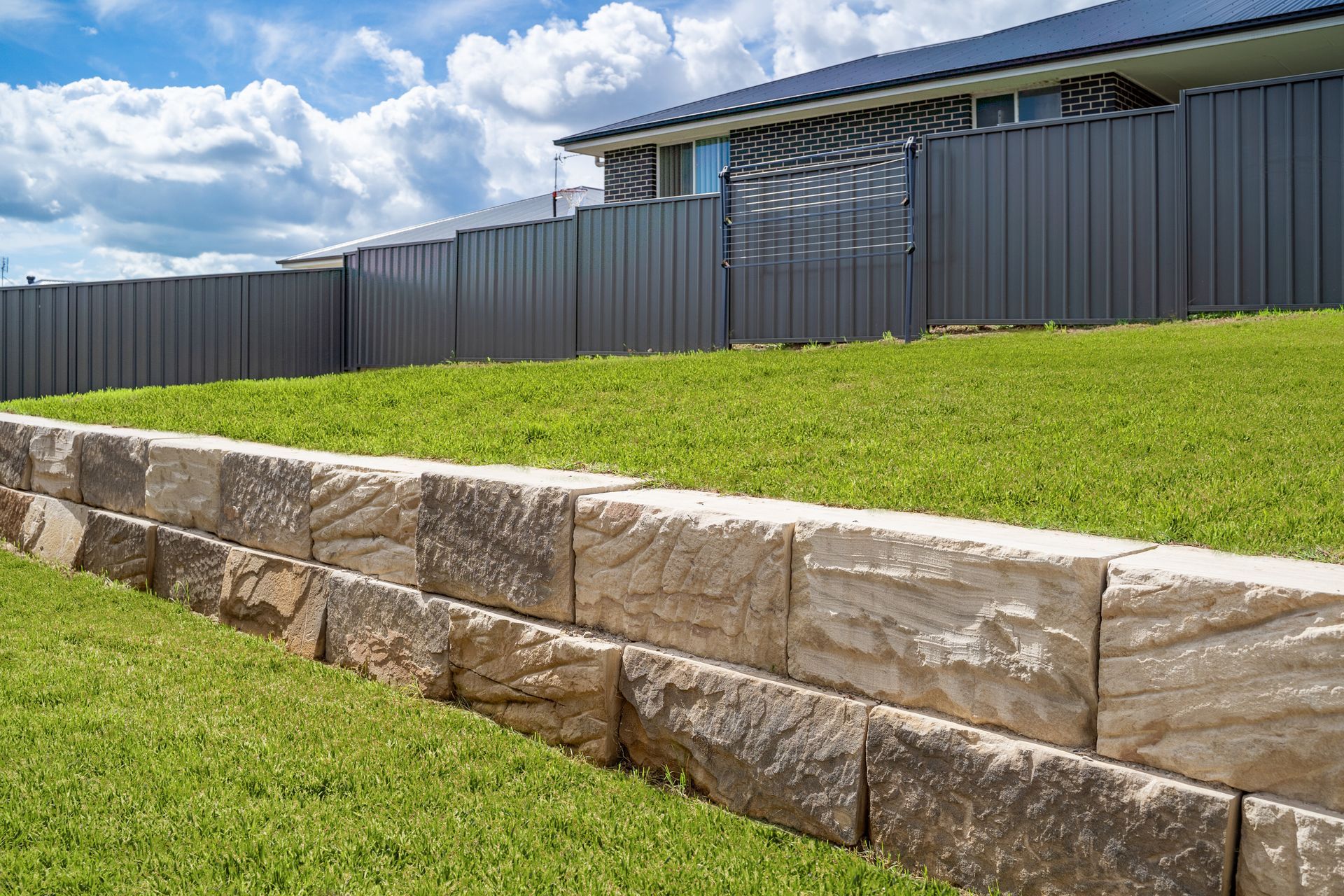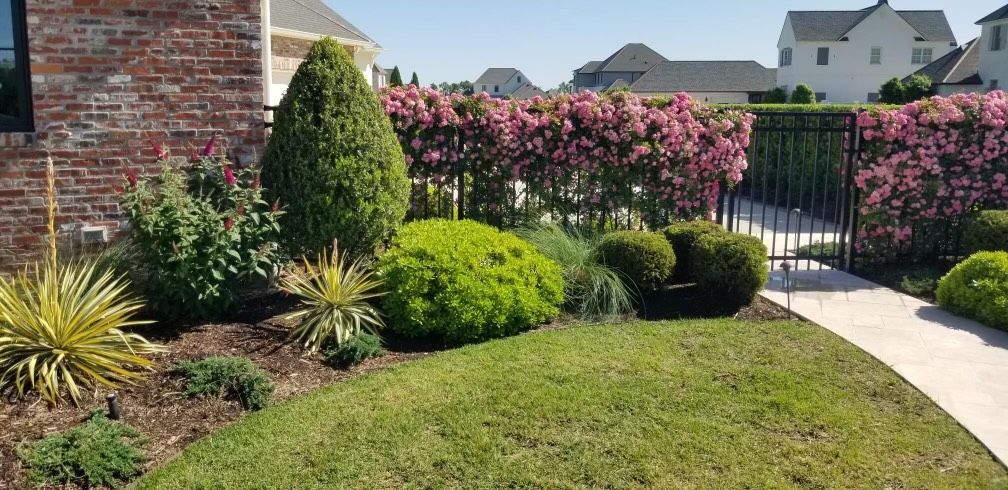Maintaining Your Lawn and Landscape in Summer: A Guide to Proper Watering Techniques
Summer may not officially begin until mid-June, but we know the mercury will reach 90 degrees well before that date in Louisiana. As the temperatures and humidity start to creep up, it can create a challenging environment for maintaining a lush landscape. So, how do you keep your landscape looking good all summer long? Start by tailoring your watering practices to the unique demands of your soil and climate, as well as the individual needs of your plants.
Understand Your Landscape to Determine Proper Techniques
Ideally, your landscape should be optimized to your property's unique features, considering sun, shade, soil conditions, and natural drainage locations, which all play a factor in determining your landscape's water needs. Incorporating native grasses and plants, likely to be more drought-tolerant, and grouping plants by watering needs can help simplify your watering routine and keep your expenses to a minimum. Louisiana's soil composition is predominantly clay-based. This is both a pro and a con regarding landscape watering. Clay soils retain moisture longer than sandy soils and can be watered less frequently. However, they are also prone to compacting, which can lead to water retention issues, poor drainage, and pooling if too much water is applied in a short period. This type of soil does best with slow, deep, and infrequent watering, ensuring that water penetrates the soil and encouraging plants to develop deep root systems, which is essential for withstanding dry periods and the intense summer heat.
What Type of Watering Method is Best for my Yard?
Choosing the proper watering methods is essential for efficient water use and optimal plant health, particularly during the hot summer months in Louisiana. Drip irrigation systems are a highly efficient watering method. They deliver water directly to plants' root zone, minimizing water waste and reducing evaporation. It is especially effective for deep-rooted plants and areas with high evaporation rates. Drip irrigation is ideal for more extensive gardens or landscapes with diverse plantings, as it can be customized to meet the specific needs of different plants. Sprinklers are suitable for watering larger areas of the landscape, such as lawns and expansive garden beds. Be sure to adjust the sprinkler heads so they are not watering sidewalks, driveways, or other non-plant areas, instead directing water towards your lawn and plants, where it is needed most. Hand watering with a hose or a watering can allows for precise, targeted watering, ensuring that each plant receives the exact amount of water it needs. This method is particularly useful for smaller gardens or areas with various plant types requiring different amounts of moisture.
Utilizing Proper Watering Methods for Your Landscape
Water your landscape in the early morning to take advantage of the lower temperatures and wind speeds, which will reduce evaporation and ensure water makes it to the roots of your plants. The few hours just before daybreak, from about 4 a.m. to 6 a.m., are the optimal time to set your sprinklers. Direct the water at the base of your plants, focusing on the root zone to promote healthy root development. Avoid wetting the foliage to prevent fungal diseases and other moisture-related issues. Apply a layer of organic mulch around your plants to help retain soil moisture by reducing evaporation, suppressing weed growth that competes for water, and regulating soil temperature by keeping it cooler in the summer. This creates a more favorable environment for lawn and landscape plant growth and reduces the frequency of watering needed.
Monitoring and Adjusting Your Watering Frequency for Optimal Results
Regular monitoring and adjustment are essential for optimal watering results in your Louisiana landscape. By closely monitoring the weather forecast, you can make informed decisions about your watering schedule. For instance, if there is rain in the forecast, you may need to reduce or skip watering to prevent overwatering, leading to issues like root rot and waterlogged soil. Regularly check the soil moisture levels to ensure your plants receive the right amount of water. You can test the soil by feeling it with your finger or using a moisture meter. If the soil feels moist, it indicates that watering is not immediately necessary. Conversely, if the soil feels dry, it's a sign that your plants need watering.
Complete Routine Checks of Irrigation Systems and Components
It's important to routinely check your irrigation system for proper functionality, leaks, and component damage. Ensure that pop-up garden and turf heads have a proper spray arc (rotations) and that water output and spray angles and not causing overwatering of hardscaped areas or neighboring properties. If your system is automated, check the control panel for proper zone run times and ensure inground valves open and close completely. For low-pressure systems, inspect the timer, look for kinks in the main supply pipe, and inspect spray heads and risers for damage or signs of rodent activity (chewed heads). We recommend monthly checks during summer and less frequent checks during winter, spring, and fall
Tailoring your watering schedule and methods to the unique needs of your soil, plants, and climate will help you conserve water, reduce waste, and promote healthy plant growth to ensure that your Louisiana landscape remains lush and vibrant throughout the hot summer months. The experts at Kyles's have years of experience creating and maintaining exceptional lawn and landscapes for Baton Rouge residents and businesses. If your yard could use some help, reach out to us today.
